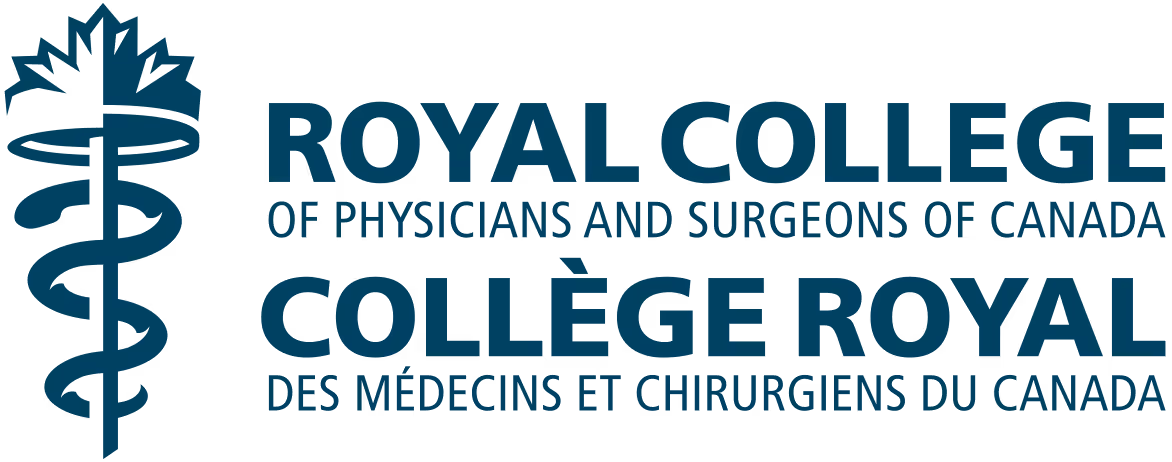What does seborrheic keratosis look like?
Seborrheic keratosis can present as a slightly raised skin growth that appears superficially attached to the skin. It often has a waxy appearance and may resemble something that has been pasted on the skin. The size can vary widely, ranging from very small spots to lesions more than an inch in diameter. In terms of color, these growths are generally brown, but they can also be yellow, white, or black.
Where do seborrheic keratoses typically occur?
Seborrheic keratoses can develop on any part of the body except for the palms of the hands and soles of the feet. They are most commonly found on areas that receive sun exposure, such as the:
- Chest
- Shoulders
- Scalp
- Back
- Abdomen
- Face
What are additional symptoms of seborrheic keratosis?
While seborrheic keratoses are usually harmless, they may sometimes cause itching. The itching can be mild or more bothersome, depending on the individual and the location of the growth.
Can seborrheic keratosis be mistaken for something more serious?
Yes, seborrheic keratosis can be challenging to differentiate from melanoma, a serious form of skin cancer, due to their similar appearances. Any sudden or unexplained changes in your skin, especially changes in a lesion's size, color, or shape, should prompt a consultation with a healthcare professional for an accurate diagnosis.
What causes seborrheic keratosis?
The specific causes of seborrheic keratosis are not well understood. There are no definitive factors identified that lead to its development. However, several factors seem to play a role:
- Genetics: A family history of seborrheic keratosis increases the likelihood of developing these growths.
- Age: The probability of developing seborrheic keratosis rises with age.
- Sunburn: Exposure to sunburn may contribute to their emergence.
It is important to note that seborrheic keratoses are not infectious, so they cannot be passed from one person to another.
Should the sudden appearance of multiple seborrheic keratoses be a concern?
In rare cases, the sudden appearance of multiple seborrheic keratoses may indicate an underlying condition, including certain cancers such as those affecting the colon or lung. Although this phenomenon is unrelated to skin cancer itself, it warrants further evaluation. If you notice a sudden growth of multiple seborrheic keratoses on your body, it's crucial to seek advice from a healthcare professional to determine if additional tests or evaluations are necessary.





